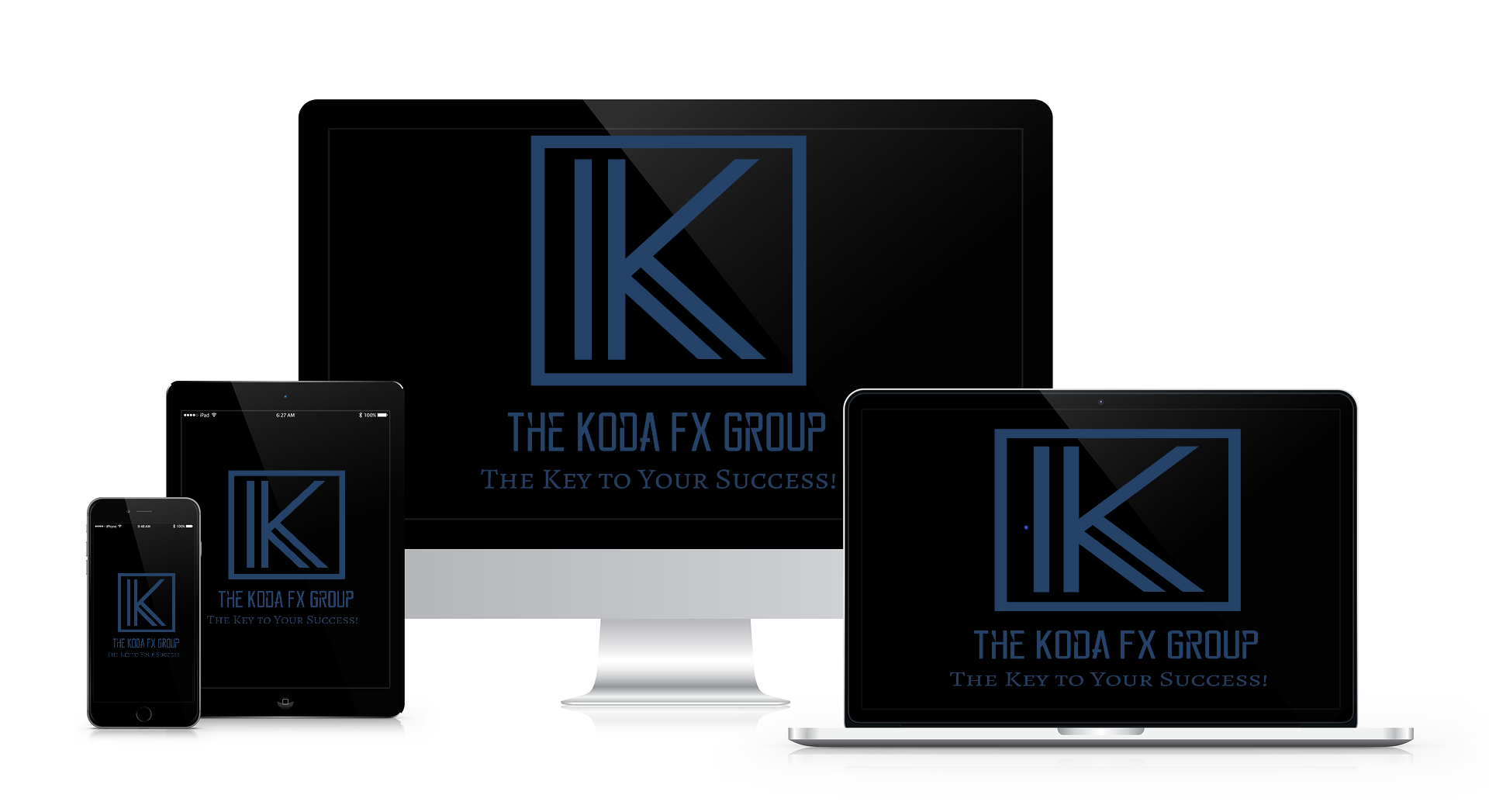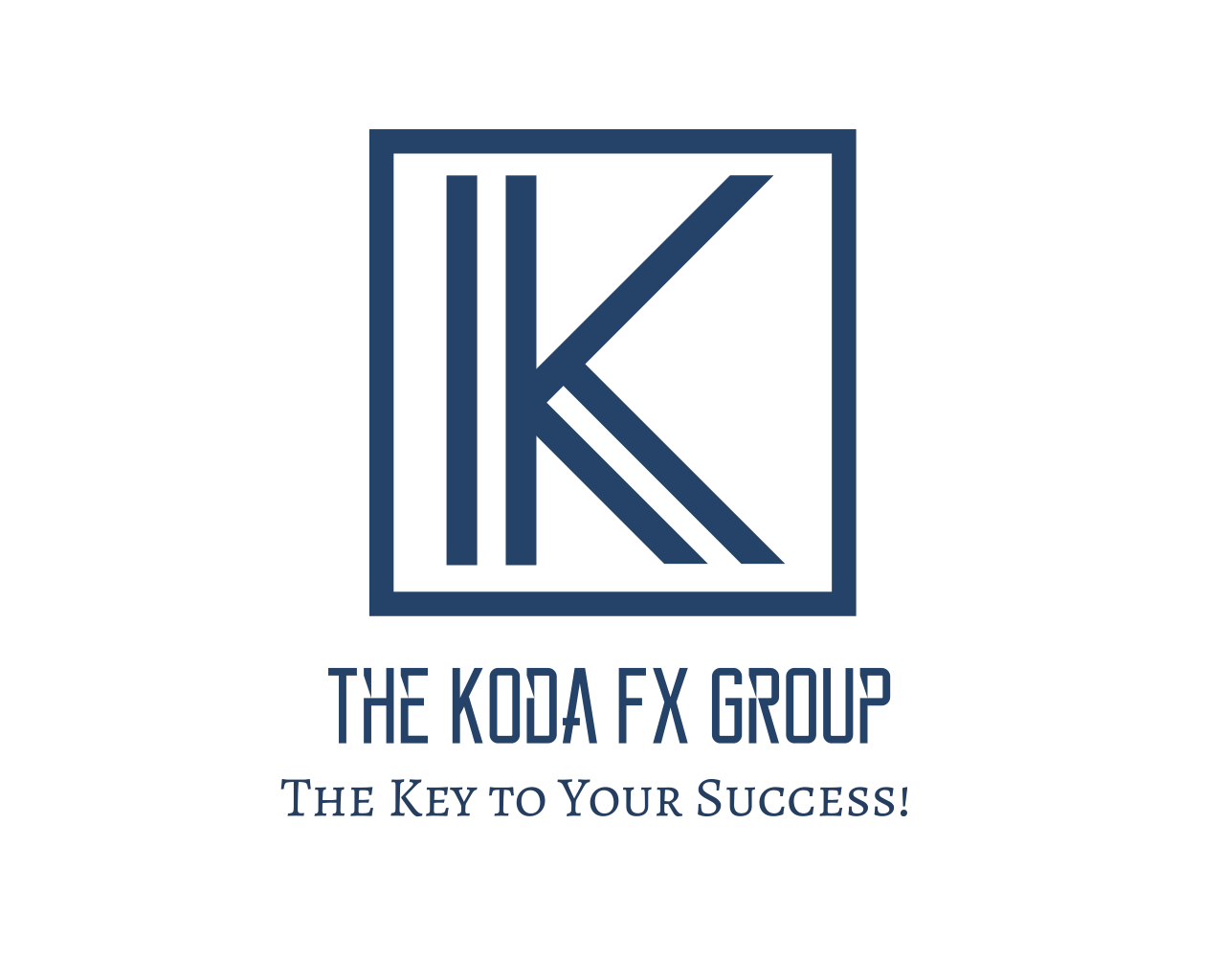
WE WILL TEACH YOU TO "TRADE WHAT YOU SEE"
HOW THE XAU/USD (GOLD) MARKET WORKS
The XAU/USD pair represents the relationship between the price of an ounce of gold (XAU) and the US dollar (USD). Essentially, it tells us how many US dollars are needed to purchase one ounce of gold.
If the price of XAU/USD goes up, it means that the value of gold is rising relative to the US dollar.
If it goes down, it means that the value of gold is falling relative to the US dollar.
The mechanism for setting the price of XAU/USD, like other financial assets, is based on supply and demand dynamics in the market. Let me walk you through the process.
- Bids and Offers (also known as Ask): Bids are the prices buyers are willing to pay for gold, while offers or asks are the prices sellers are willing to accept to sell their gold. If a bid price is higher than the offer price, a trade can occur. In most cases, there's a gap between the highest bid and the lowest offer. This gap is called the bid-ask spread.
- Market Orders and Limit Orders: Traders can use different types of orders to buy or sell assets. Market orders are instructions to buy or sell at the best available price immediately, whereas limit orders are instructions to buy or sell at a specific price or better. A limit order to buy is placed below the current market price, while a limit order to sell is placed above the current market price.
- Order Book and Price Movement: The order book is a list of all the bids and offers in the market. It shows the depth of the market, providing a sense of the buying and selling pressure. When a market order is placed, it gets filled by the best available limit orders. For example, a market sell order will be filled by the highest bids, and a market buy order will be filled by the lowest offers. As these orders get filled, they are removed from the order book, causing the price to move. If more market sell orders come in than buy orders, it will push the price down as the highest bids get filled and removed. Conversely, if more market buy orders come in, it will push the price up as the lowest offers get filled and removed.
- Unfilled Limit Orders: Limit orders that don't get filled because their price isn't reached remain on the order book and become part of the market depth. If the price moves away from them, they may or may not get filled later, depending on future price movements.
- Market Impact and Slippage: Large orders can have a significant impact on the price. If a large market sell order comes in, it could eat through several layers of the order book, causing the price to drop significantly. This is called market impact. The difference between the expected price of a trade and the price at which the trade is actually executed is known as slippage.
So, when the price of XAU/USD moves, it's a reflection of changes in the supply and demand for gold in the market, which is determined by the interaction of bids and offers in the order book. Factors such as macroeconomic news, changes in interest rates, geopolitical events, or changes in market sentiment can influence these supply and demand dynamics.
WE WILL TEACH YOU TO "TRADE WHAT YOU SEE
Every day, assets are bought and sold. Some of them, like real estate, can take a long time to find a buyer in the market after being offered for sale. On the opposite extreme are the most liquid assets; the ones that are bought and sold almost immediately upon being offered on the market. These assets are cash and precious metals.
Cash and precious metals are bought and sold 23 hours a day 5 days per week on fast-paced online platforms which are connected to a broker (a financial institution where you have some money deposited that you use for trading).
Brokers and some banks act as market makers, ensuring liquidity, which equals quick transactions. Trillions of dollars in currency changes hands every day, and between $200 billion and $500 billion of Gold changes hands, making it one of the most liquid and fast-paced markets in the world.
Eighty percent of these transactions are conducted by central banks, financial institutions, and governments. Many of them buy and sell in such large quantities that their transaction (or series of transactions) moves the price up or down. That presents a lot of trading opportunities, but it also makes it one of the most unpredictable and risky assets to trade.
If you can learn to trade Gold successfully, you will be able to learn to trade anything else much more easily.
Due to the high volatility of the price of gold, in 2011, the U.S. Commodity Futures Trading Commission introduced rules primarily to protect retail investors from the high risk associated with these types of transactions. This does not prohibit US citizens and residents from using a foreign broker to trade. We are responsible professionals. We mitigate and manage risk.
We only trade Gold. On the markets, that is represented by XAU (Gold) and USD (the Dollar). We ONLY trade XAU/USD because we believe that focus is an important component to our success. We teach you how to do what we do.
When trading XAU/USD and Forex, stocks, commodities in general, there are generally three types of traders:
- Interday traders: They hold trades open overnight, and sometimes for several days or even weeks.
- Day traders: They typically close out all of their trades at the end of the day.
- Scalpers: They are typically in trades for several minutes to several hours, taking advantage of small fluctuations in the price of the asset.
We are successful scalpers. This is what we will teach you.
The world is full of successful scalpers and traders of all stripes. Each has either learned or acquired a strategy that works for them. Our strategy works for us and for those we've taught, and
it can work for you if you make a commitment to learning our strategies.
As you go about your learning journey, you will undoubtedly come across gurus on YouTube and TikTok who will talk about their strategies and indicators. You will hear about fibonacci and harmonic patterns, elliott waves and even phases of the moon to predict price movements. There are many labels for how traders describe their style of trading.
We respect everyone's methods, and we encourage you to explore them and glean all the extra knowledge you can - ONCE YOU'VE LEARNED WHAT WE TEACH YOU HERE, which is to:
TRADE WHAT YOU SEE
Trading XAU/USD or any other financial instrument using the "trade what you see" approach involves price action trading and technical analysis. It literally means, opening the charts and basing your trading decisions (or your decision not to trade) on what you observe happening on the charts. Although fundamental analysis and economic news both play important roles in trading, it's more important to be able to trade what's happening right in front of you.
You will learn:
- The basics and advanced concepts of technical analysis: Before you can "trade what you see," you need to know what to look for. This means understanding concepts such as support and resistance, trend lines, moving averages, and candlestick patterns. This all might sound a bit complicated at first, but we break it down into to small bites that are easy to understand and identify.
- To set up your chart: We will show you how we use charts and the various preferences for how to view the market. You will learn about the MetaTrader 4 trading platform (one of the most widely used) and we will teach you how to choose a broker and/or help you open an account with the broker we use. You will learn to use TradingView where you will start with a daily chart of XAU/USD to get a sense of the overall trend, and then use shorter timeframes like 4-hour, 1-hour, 15-minute, or 5-minute charts for your actual trading.
- To Identify the trend: You will learn to look for and identify patterns of higher highs and higher lows (uptrend) or lower highs and lower lows (downtrend). You will also learn to use moving averages to help identify the trend. Remember, "the trend is your friend."
- To find support and resistance levels: These are levels where the price has historically had trouble moving beyond. Support is a level below the current price where buying pressure could potentially exceed selling pressure, causing the price to bounce back up. Resistance is a level above the current price where selling pressure could potentially exceed buying pressure, causing the price to bounce back down.
- To look for price action signals: These are specific patterns in the price that can indicate potential trading opportunities. Some common price action signals include pin bars, inside bars, and engulfing bars. One must always consider these signals in the context of the overall trend and the relevant support and resistance levels.
The edge we teach you has to do with how we manage risk. Typical risk management in trading goes like this:
WE TEACH YOU RISK MANAGEMENT WITH AN EDGE.
- WHEN USING OUR STRATEGIZES, WE ALMOST NEVER ACCEPT LOSSES. INSTEAD, We teach you how, when, at what price, to protect your account while turning losing trades into some of your most profitable transactions.
- To stay disciplined and patient: "Trading what you see" also means not letting your emotions get in the way of your trading decisions. We teach you to stick to your trading plan, not to chase trades, and how not to let fear or greed drive your decisions.
In conclusion, once a pilot knows how to fly a jumbo jet, it's easy. They do it successfully 100% of the time. But the first time they see the flight deck, with all of those knobs and dials and levers, it can be really overwhelming. They are able to become pilots because they had a flight instructor in the seat beside them. That's us.
WE WILL TEACH YOU TO "TRADE WHAT YOU SEE
